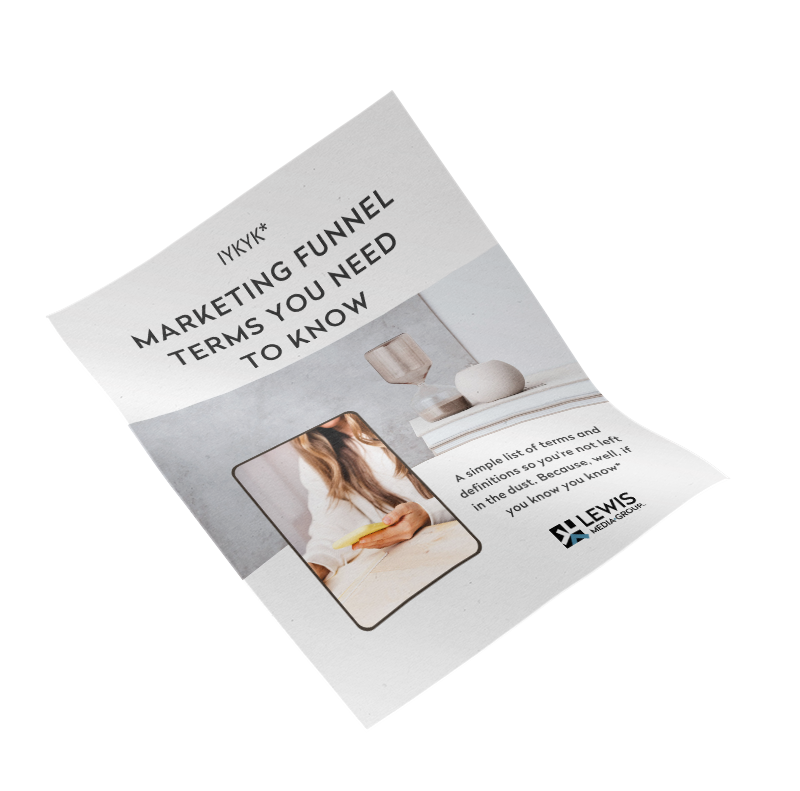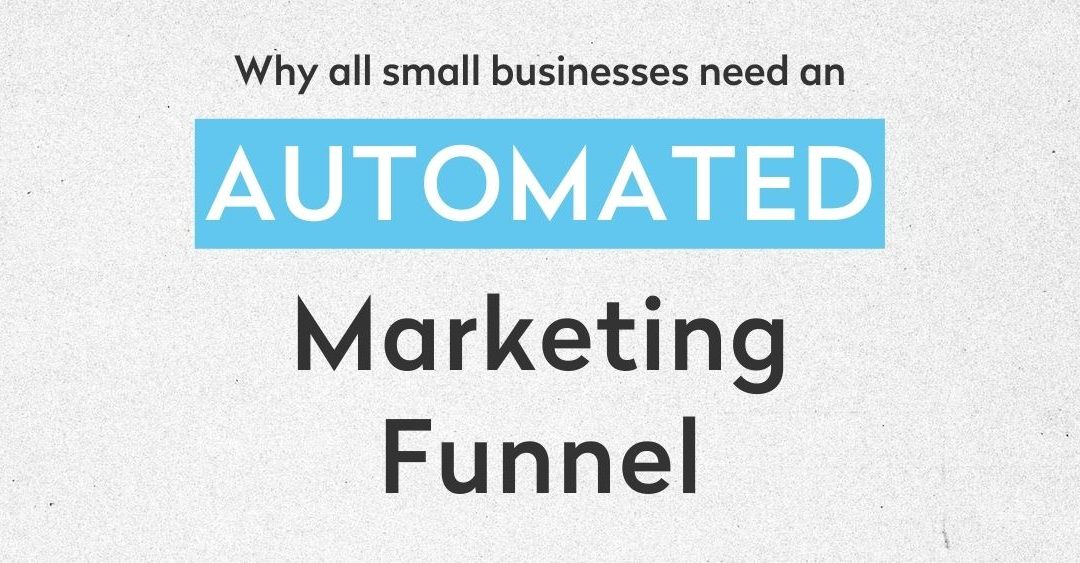An automated marketing funnel can help you make money while you’re on vacation. It’s a great way to keep your business running without being constantly involved. The latest software makes it simple to automate the necessary components of a successful sales funnel, such as email marketing, lead magnet delivery, and upsells. With an automated funnel, you can set up incentives as well, such as discounts and other special offers, to drive conversions and boost sales. Once you set up the funnel, it will run on autopilot, so you can relax on vacation as your money continues to roll in.
But don’t worry—you don’t need a fancy funnel-shaped machine or an inexplicable magical ability to make it work. Instead, a marketing funnel is all about understanding the journey potential customers take from first hearing about your company to eventually committing to purchase. It’s about understanding and tracking where your customers are so that you can maximize your efforts when it comes to getting their attention and turning them into loyal customers.
Before we dig further, I want you to know we realize our industry comes with a lot of jargon. So, we have included a free reference guide that has definitions to all of the terms we use in this article. Plus, we’ve thrown in a few others that we know will help you in funnel building, post strategies, and anything in between.
The marketing funnel begins with awareness. This is where you use ads, word-of-mouth, organic search engine optimization (SEO), and any other methods of getting your business on potential customers’ radar.
In an automated funnel, you just need to ensure these are incorporated into some sort of system. For ads, give them a timeframe and budget. For word-of-mouth, have a referral program set up with a drip campaign and scheduling links for your sales team. For organic SEO, make sure your highest traffic pages have an email opt-in to bring prospective customers into your email list.
Once potential customers are aware of your business, they go through the next step in the funnel: engagement. This is where landing pages, educational content, free trial offers, and other value-adding activities come into play. You want potential customers to not only remember your business, but to start engaging with it as if it’s part of their daily lives. Tools like WhirLocal allow you to set up delays between clicks, emails, and other “events” to keep your leads moving through towards that coveted sale.
The next step in the marketing funnel is consideration. In this stage, your potential customers are encouraged to think more deeply about your product or service and its potential value in their lives. High-quality content, comparison shopping, cross-channel promotion, and other such activities are important here.
Finally, after your potential customers have become aware of your offerings, engaged with your content, and considered your product, they’ll move on to the conversion phase. This is when they actually commit to purchase. Optimize your product pages and checkout processes, as well as use remarketing and other activities to guide customers from consideration to purchase.
And there you have it—the marketing funnel! Now, this isn’t an exact science, so as you grow and find success at each stage of the funnel, you may need to adjust your activities to optimize for better results.
But the main takeaway here is that it’s more than just advertisements and landing pages. The marketing funnel is a powerful tool that can help small business owners get the most out of their marketing efforts and, eventually, turn more prospects into loyal customers. Yes, even while you’re on vacation. That’s something that can’t be beat—unless you have a funnel-shaped machine, of course.


